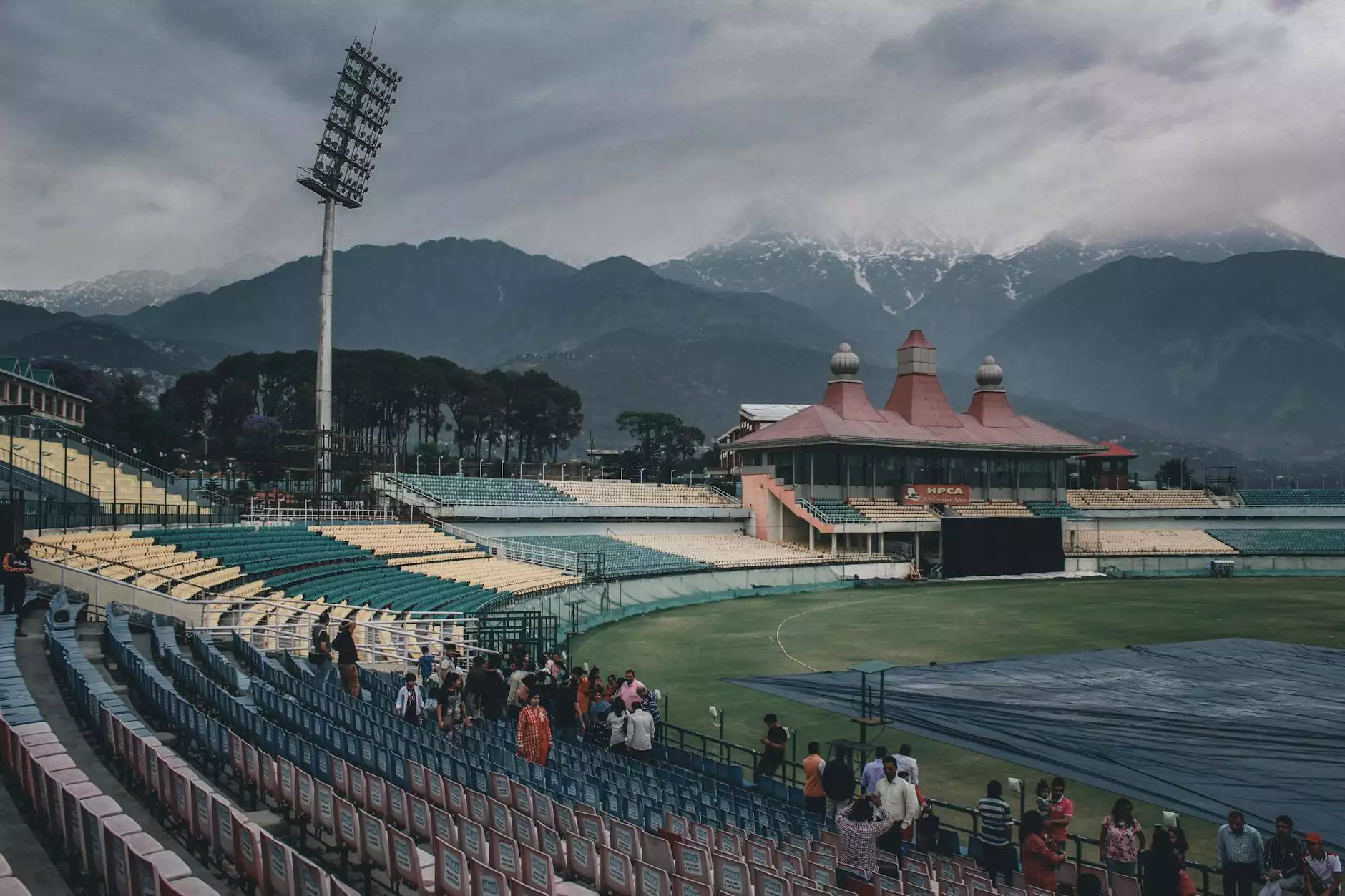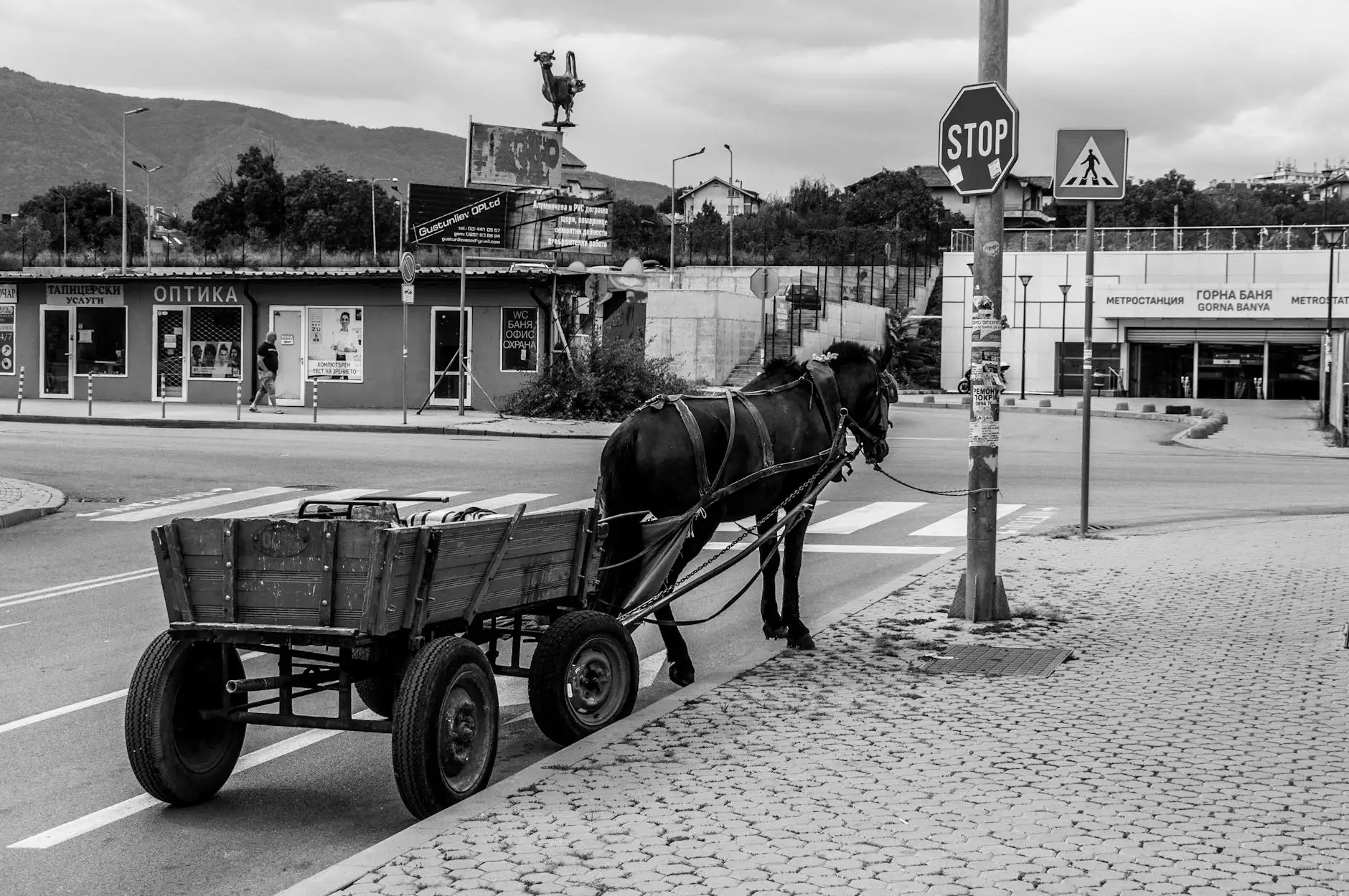African Safari Ngorongoro Crater: A Journey Through Nature's Wonderland

Embarking on an African safari in Ngorongoro Crater is not just a travel destination; it's an immersion into the rich tapestry of nature and wildlife like no other. Nestled within Tanzania, the Ngorongoro Crater is a UNESCO World Heritage Site renowned for its stunning landscapes, diverse wildlife, and unique geological formations. This article delves deep into every aspect of an unforgettable safari experience in this remarkable place.
Understanding Ngorongoro Crater
The Ngorongoro Crater is the world’s largest inactive volcanic caldera, measuring about 20 kilometers in diameter and boasting a depth of over 600 meters. Formed millions of years ago, this geological marvel is often referred to as a "Garden of Eden" due to its luscious greenery and vibrant ecosystems. The area is home to an abundance of wildlife, making it a premier destination for nature lovers and adventure seekers alike.
Geological Significance
The crater itself is a striking example of volcanic activity, which has created a unique environment. Here are some key geological points:
- Formation: The crater was formed around 2-3 million years ago following a volcanic eruption that left a massive depression.
- Flora and Fauna: The rich volcanic soil contributes to the growth of diverse plant species, providing a habitat for countless animals.
- Water Sources: Several lakes and rivers fill the crater, supporting both wildlife and plant ecosystems.
Wildlife Paradise
One of the main attractions of the African safari in Ngorongoro Crater is undoubtedly its wildlife. The crater is home to an extraordinary variety of animals, making it one of the best wildlife viewing locations in Africa.
The Big Five Experience
Visitors to Ngorongoro often hope to encounter the Big Five: Lion, Leopard, Elephant, Buffalo, and Rhino. Here's what you can expect:
- Lions: The crater’s resident lion population is renowned for their impressive mane and intricate pride dynamics. Watching them in their natural habitat is unforgettable.
- Leopards: More elusive than lions, leopards can sometimes be spotted lounging in trees or stealthily moving through the grasslands.
- Elephants: The African elephants in Ngorongoro are known for their large tusks and gentle demeanor, often seen roaming in family herds.
- Buffalo: Large herds of buffalo graze across the plains, providing an impressive sight not to be missed.
- Rhinoceroses: The critically endangered black rhinoceros can be found in the crater, a rare sight that highlights the need for conservation.
Birdwatching Heaven
Aside from the Big Five, the Ngorongoro Crater is a haven for birdwatchers. Over 500 species of birds can be spotted, including:
- Flamingos: Commonly seen on the soda lakes, flamingos add vibrant pink splashes to the otherwise green landscape.
- Secretary Birds: These tall, unique birds are known for their distinctive appearance and hunting skills, often seen in the open grasslands.
- Vultures: Vital to the ecosystem, vultures can often be observed waiting patiently for their next meal.
The Best Time for an African Safari in Ngorongoro Crater
Timing is crucial for maximizing your wildlife experiences. The best times for a safari in the Ngorongoro Crater are:
- June to October: This dry season is perfect for spotting wildlife as animals gather around water sources.
- January to March: The calving season, where newborn animals can be seen, creating a thrilling spectacle.
- April and May: Although the rainy season may deter some, this time brings lush greenery and fewer tourists.
Exploring the Ngorongoro Conservation Area
The Ngorongoro Crater is part of the larger Ngorongoro Conservation Area, which also boasts stunning landscapes and cultural encounters. Activities to consider include:
Cultural Encounters with the Maasai
Engaging with the Maasai people, the indigenous tribe known for their vibrant culture and traditions, is an enriching experience. Visitors can:
- Participate in traditional dances.
- Learn about their pastoral lifestyle.
- Shop for authentic Maasai crafts.
Scenic Viewing Points
The cone of the crater provides breathtaking panoramic views. Some must-visit observation points include:
- Ngorongoro Crater Rim: Offers stunning vistas of the crater floor and is a perfect spot for photography.
- Oldupai Gorge: A significant archaeological site showcasing human evolution history.
Planning Your Safari
To ensure you have a fulfilling and enjoyable experience exploring the African safari Ngorongoro Crater, consider these planning tips:
Selecting a Tour Operator
Choosing the right tour operator can make a significant difference. Look for operators with:
- Reputation: Research online reviews and testimonials.
- Knowledgeable Guides: Guides should be well-informed about wildlife and safety protocols.
- Customized Itineraries: Look for flexibility in tours to suit your schedule and interests.
Accommodations
There are various accommodation options, from luxurious lodges to comfortable campsites. Consider:
- Lodges: For a more luxurious experience with stunning views.
- Campsites: For a closer connection to nature.
What to Pack
Packing smartly can enhance your safari experience. Essentials include:
- Binoculars: Vital for spotting wildlife from a distance.
- Camera: Capture unforgettable moments.
- Comfortable Clothing: Layered clothing helps adapt to changing temperatures.
- Sunscreen and Insect Repellent: Protect your skin and stay comfortable.
Environmental Conservation in Ngorongoro
Preserving the delicate balance of life in the Ngorongoro Crater is crucial. Visitors are encouraged to:
- Respect wildlife habitats.
- Follow park guidelines to minimize ecological impact.
- Support conservation initiatives and local communities through responsible tourism.
Conclusion
The African safari in Ngorongoro Crater promises an invigorating adventure through one of the world's most remarkable ecosystems. With its breathtaking landscapes, rich wildlife, and cultural experiences, a visit to Ngorongoro Crater is an unforgettable journey. For an extraordinary safari experience, contact Ecological Adventure today and let them guide you on an epic expedition that will deepen your connection to the natural world.









